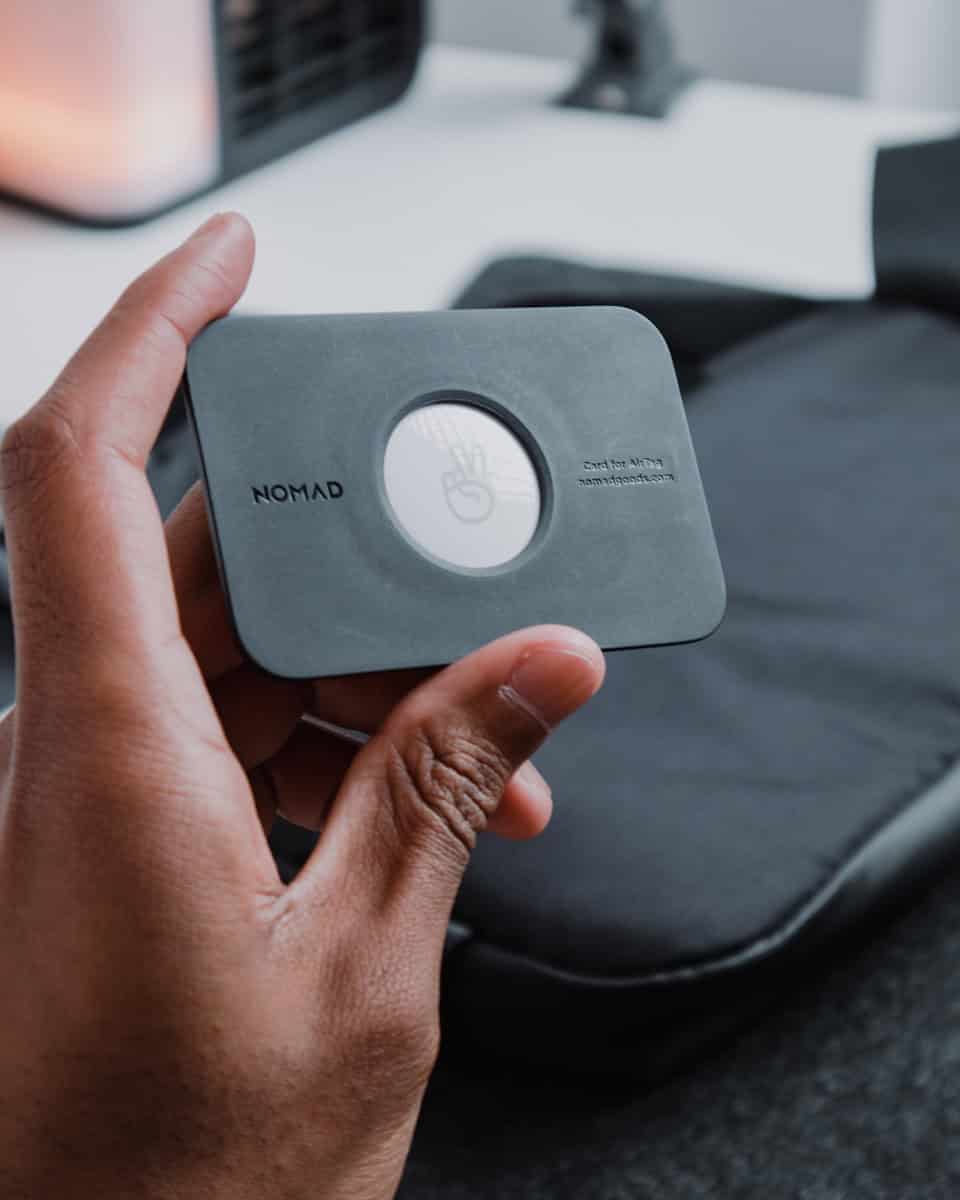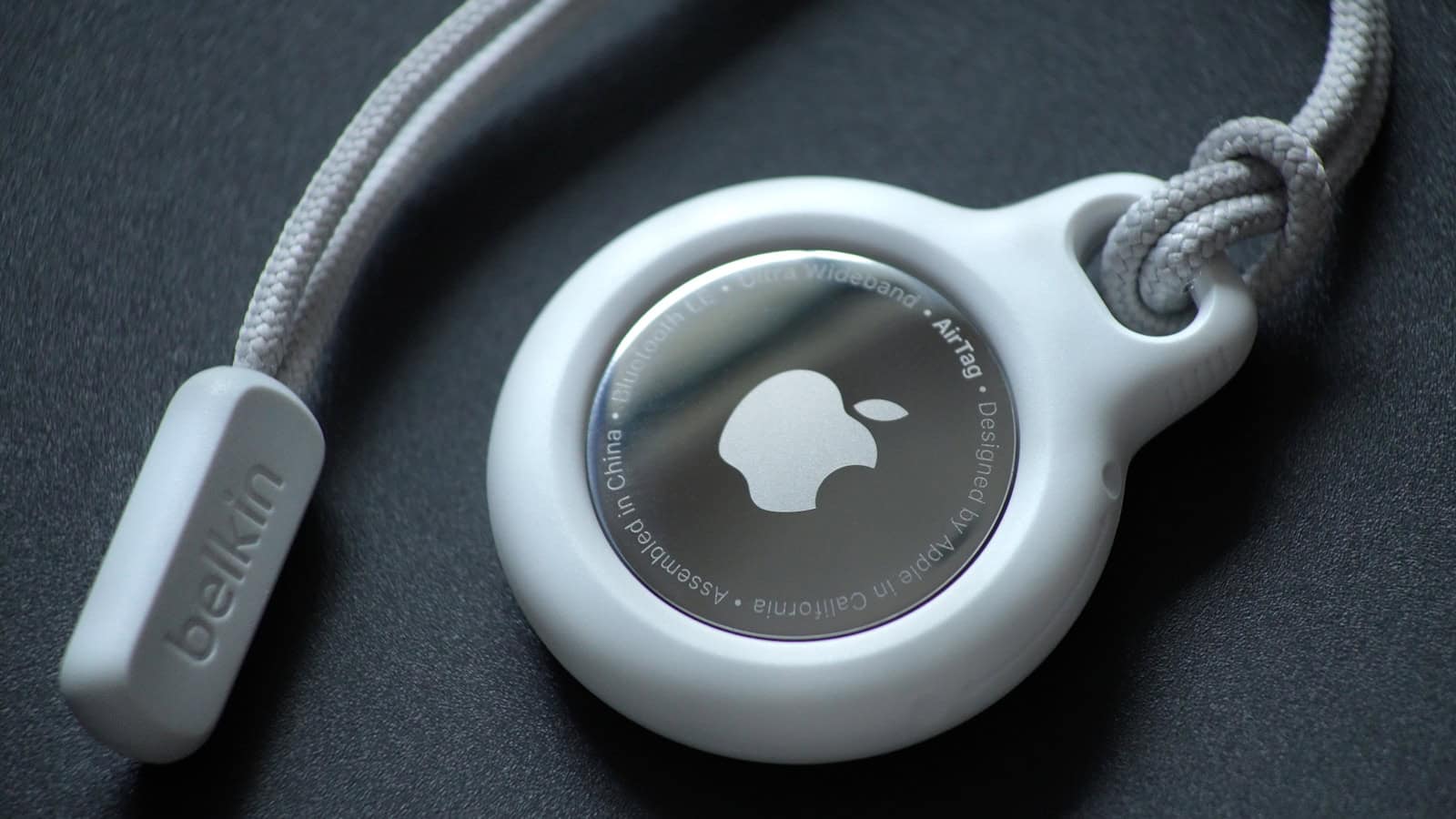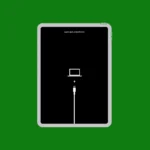Apple’s AirTag is a small tracking device designed to help locate lost items through the Find My app. Introduced by Apple, AirTags use technology to provide a solution for finding misplaced belongings. Each round, coin-sized tracker can easily attach to personal items. When an item goes missing, its linked AirTag communicates with nearby Apple devices to relay its location back to the owner. Privacy is safeguarded; the process is anonymous and encrypted to prevent unwanted tracking.
Using an AirTag is straightforward. After linking the AirTag to an Apple ID, if an item is misplaced, the Find My app can locate it. The app displays either the last known location or a current location if within the range of Apple devices participating in the Find My network. For items close by, the Find My app offers a precise search feature that guides users to the exact location with visual and haptic feedback.
Apple AirTags Explained: Locating Your Belongings Made Easy
Apple AirTags are small, coin-sized tracking devices designed to help you locate lost or misplaced items. But how do they work their magic? Here’s a breakdown of the technology behind AirTags and how they help you find your stuff.
The Find My Network: A Global Search Party
AirTags rely on the vast Find My network, a crowdsourced system of Apple devices. When an AirTag is out of Bluetooth range of your own device, it sends out a secure Bluetooth signal that can be detected by any nearby Apple device within the Find My network. This device then relays your AirTag’s location to iCloud, allowing you to track it in the Find My app.
Precision Finding: Pinpoint Accuracy with U1 Chip
AirTags equipped with Apple’s U1 chip take tracking to the next level with Precision Finding. Using ultra-wideband technology, Precision Finding provides precise directions and distance estimates to your lost item, guiding you right to it.

Additional Tracking Methods: Sound and NFC
Beyond the Find My network and Precision Finding, AirTags offer two more ways to locate your belongings:
- Sound: You can make your AirTag play a sound through the Find My app, helping you find it if it’s nearby but out of sight.
- NFC (Near Field Communication): If you find a lost AirTag, you can tap it with your iPhone or any NFC-capable smartphone to reveal the owner’s contact information if they’ve chosen to make it available.
Key Features and Considerations
| Feature | Description |
|---|---|
| Bluetooth Range | AirTags have a Bluetooth range of approximately 30 feet (9 meters). |
| Battery Life | The battery in an AirTag lasts about a year and is easily replaceable. |
| Privacy | Apple prioritizes privacy, ensuring that location data is encrypted and anonymous. Only you can see your AirTag’s location. |
| Compatibility | AirTags require an iPhone or iPad with iOS/iPadOS 14.5 or later. |
Getting Started with AirTags
To use AirTags, simply:
- Pair your AirTag with your Apple ID using the Find My app.
- Attach the AirTag to the item you want to track.
- Use the Find My app to locate your item on a map, play a sound, or get precise directions with Precision Finding (if available).
Key Takeaways
- AirTags are devices that help locate lost items through the Find My network.
- They attach to personal belongings and use nearby Apple devices to relay location.
- Privacy and ease of use are key features, providing a secure method to find misplaced items.
How AirTags Function
AirTags are small, coin-shaped devices designed to help users locate lost items. This section explains how AirTags use various technologies and features to achieve this.
Communication and Connection Technologies
AirTags employ Bluetooth and Ultra-Wideband (UWB) technologies. Bluetooth allows them to connect to the Find My network. UWB provides precise location with the help of Apple’s U1 chip found in newer iOS devices.
Setting Up and Pairing with Devices
To set up an AirTag, users place it close to their iPhone or iPad. The device detects the AirTag and guides users through a simple setup, which involves signing in with an Apple ID and linking to iCloud.
Precision Finding and Location Accuracy
On iPhone 11 and iPhone 12 models, Precision Finding uses ARKit, UWB, a gyroscope, and haptic feedback. This provides visual, sound, and touch cues to guide users to the AirTag’s exact location.
Battery and Maintenance
Each AirTag houses a CR2032 battery that lasts for about a year and is user-replaceable. AirTags send low-battery alerts, and users can replace the battery without special tools.
Design and Accessories
AirTags have a small, round design with a built-in speaker for emitting sound. Accessories include keychains and loops in materials like leather and polyurethane, enabling attachment to personal items.
Compatibility Across Devices
AirTags work with iPhone, iPad, and iPod Touch models that run iOS 14.5 or later. Although not designed for Android, users with NFC-capable Android phones can read an AirTag in Lost Mode.
User Interface and Accessibility
Users manage AirTags through the Find My app with options like playing a sound or marking as lost. Features like Siri support and VoiceOver help users with visual feedback or low vision use AirTags.
Privacy and Security Features
AirTags are designed with privacy in mind. Location data is end-to-end encrypted. If an AirTag is separated from its owner and traveling with someone else, it sends privacy alerts to prevent unwanted tracking.
Practical Applications of AirTags
AirTags are small, coin-shaped devices designed to help locate and keep track of items through Apple’s Find My app. With their introduction into the market, they have changed how people manage their belongings.
Everyday Use and Personal Items
AirTags can attach to personal items like keys, wallets, and bags. Users simply pair the device with their iPhone and can then see their item’s last known location if misplaced. The Find My network leverages millions of Apple devices to locate items attached to an AirTag.
Travel and Item Location
During travel, luggage equipped with AirTags can be located easily. Travelers benefit by using the Find My app to check their baggage’s location, reducing stress when items are not on the carousel. This way, lost luggage is more likely to be found and returned promptly.
Safety and Recovery
AirTags hold safety features including Lost Mode and law enforcement can use their information to help recover stolen items. Users get notified when their lost AirTag is detected, and only they can see its location. If an item is stolen, the location data provided might help get it back.
Enhancements and Ecosystem Integration
AirTags rely on Apple’s expansive network and ultra-wideband technology, which seeks precise location tracking. Users can purchase accessories to secure AirTags to almost anything. Integration with Family Sharing allows multiple users to track the same item.
Considerations Before Purchasing
Before buying AirTags, it is important to know they come in a single pack or a pack of four. Potential buyers should assess their need for tracking multiple items, as a pack offers reduced cost per device. Users should consider the privacy implications and ensure they comply with Apple’s guidelines.







